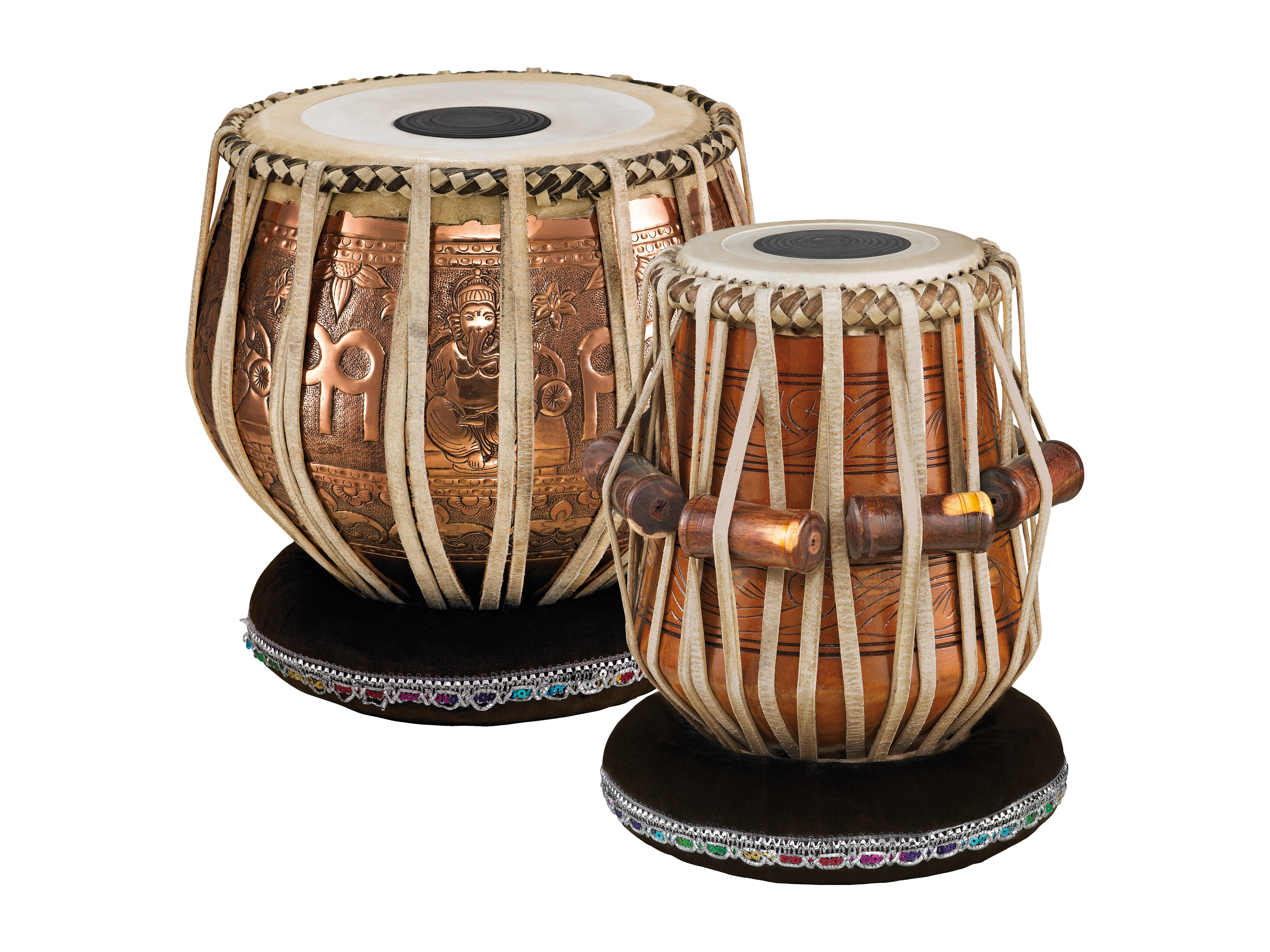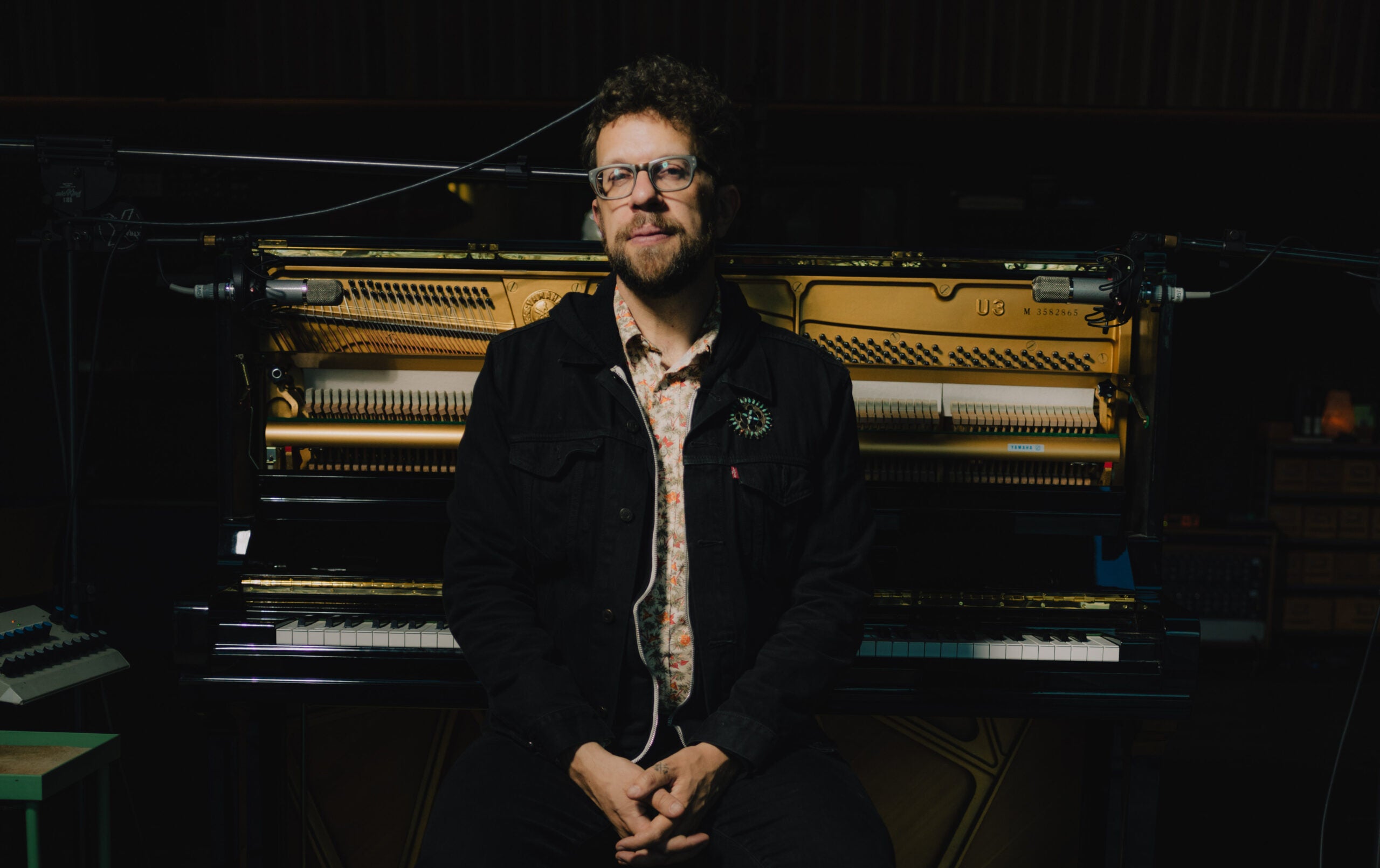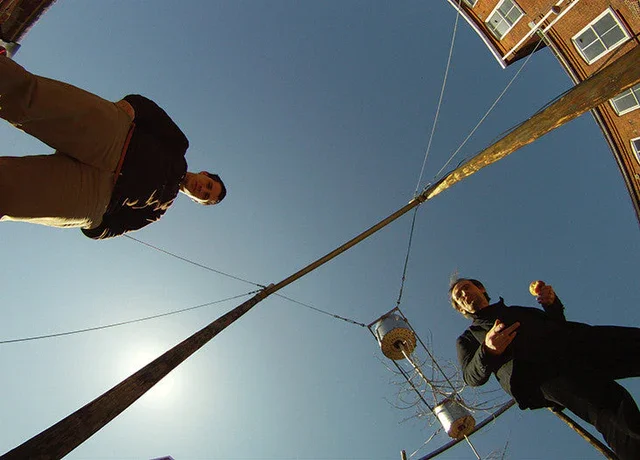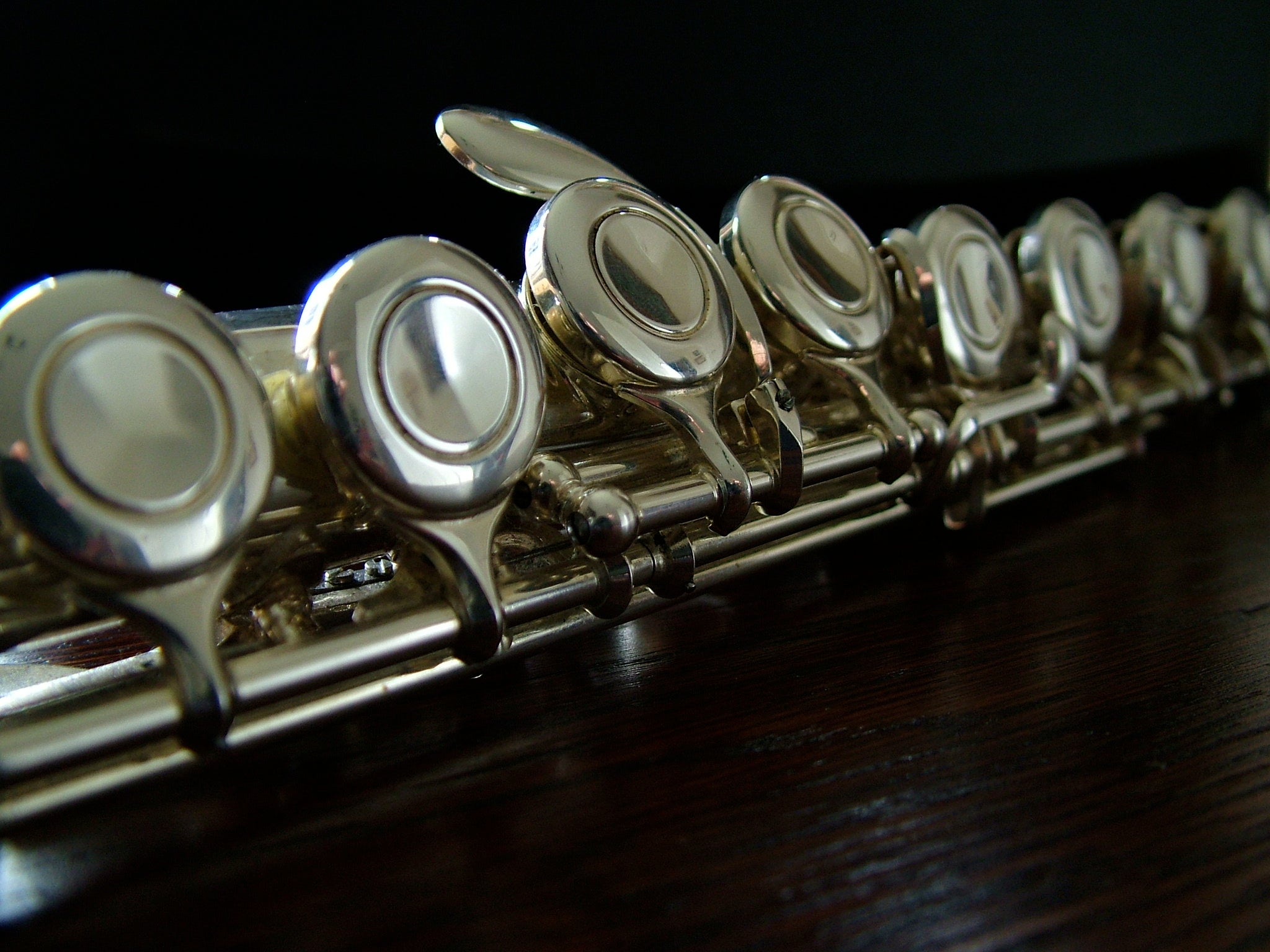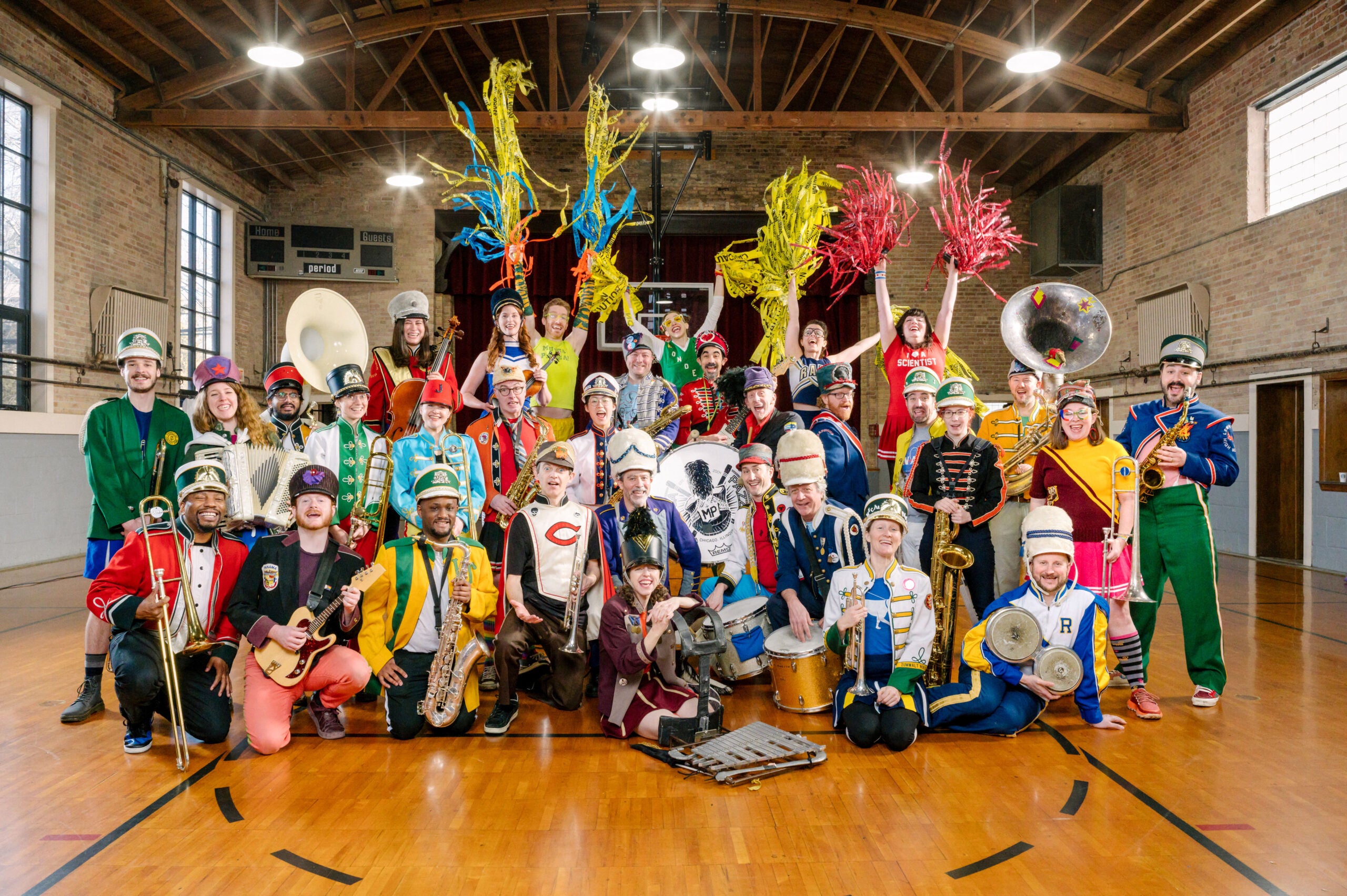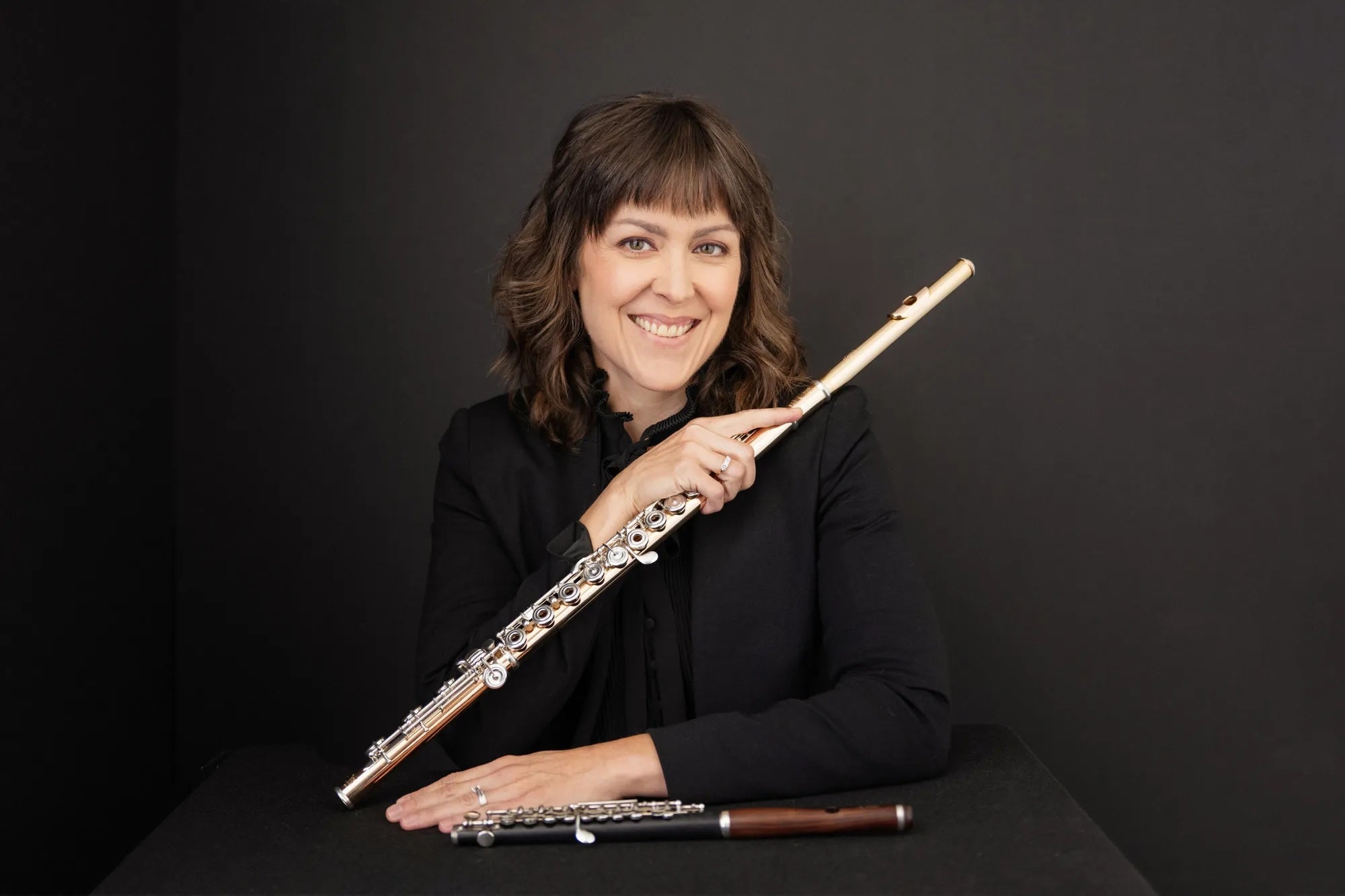Rarely do I travel abroad without returning home to Wisconsin with a percussion instrument unique to the land I visited. My collection includes several from East and West Africa, Cuba, Peru, and Morocco. Getting some of them through Customs has been an adventure in and of itself. And though I don’t necessarily play them all or well for that matter, I do stare at them often as they grace my study – dust free.
My mother, a school teacher in Milwaukee, had a tabla in her livingroom for decades. I begged her to let me have it from the day I first cast eyes on its shiny silver frame. She gave in just a few years ago though not without motherly protest. I’ve cared for it well in spite of my secret desire to own wooden tabla.
The tabla, similar in character to bongos, is regularly employed in Hundustani classical music forms – most traditional to India, Pakistan, Afghanistan, Nepal, Bangladesh and Sir Lanka. Negotiating varied percussive instruments from around the world requires requires an understanding of use of a mathematically calculated process, form or tradition. The tabla fist into the universal pedagogical school of performance. The right hand drum is called a tabla and the left hand drum is called a dagga or baya. The term tabla is believed to derived from athe Arabic word, tabl meaning drum.
Stay informed on the latest news
Sign up for WPR’s email newsletter.
I’m holding a good thought that one day, a “wooden” tabla will travel home with me. Who knows, maybe I’ll actually practice playing it.
Wisconsin Public Radio, © Copyright 2025, Board of Regents of the University of Wisconsin System and Wisconsin Educational Communications Board.
